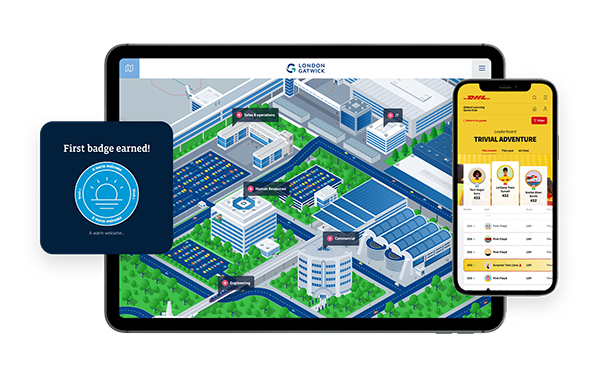career maps
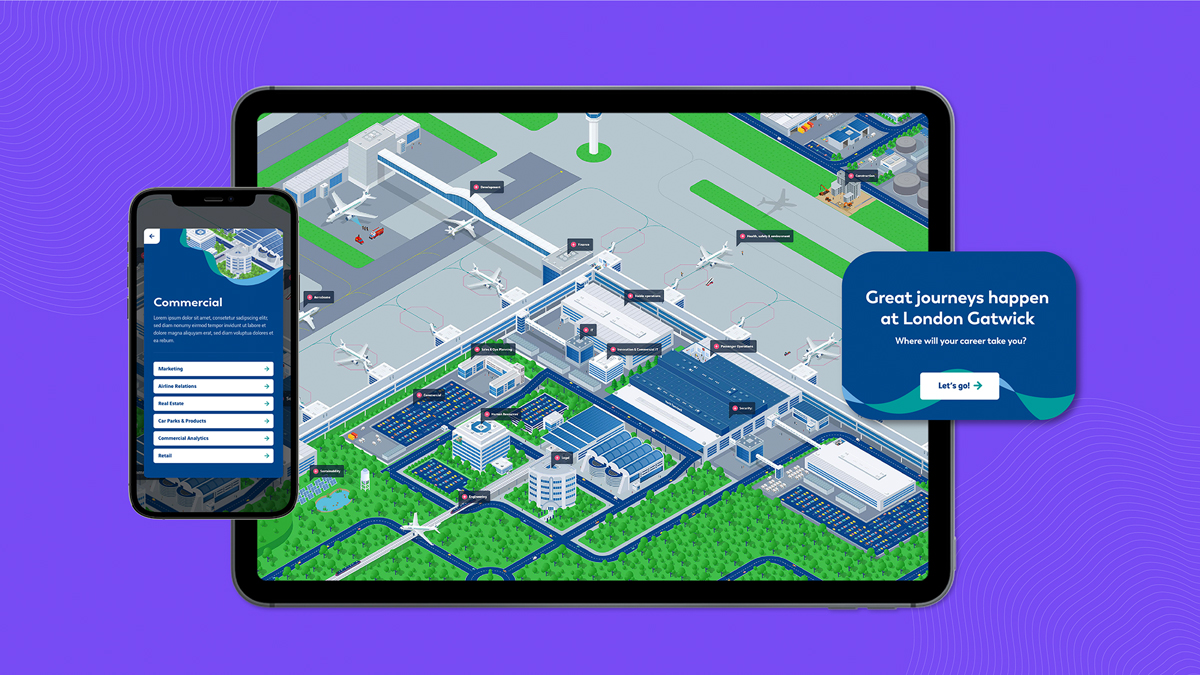
Introduction
From the conversations we have with our clients in the HR world, we know that HR leaders are constantly seeking solutions to address the challenges of talent retention and employee engagement.
But sometimes they don’t realise there are slightly more innovative, slightly less traditional solutions to their challenges that can help them smash their objectives.
Enter interactive career maps, a transformative tool designed to visualise and enhance internal mobility.
Enhancing internal mobility today is a strategic necessity. By understanding the internal mobility journey, HR leaders can pinpoint and address potential challenges, leading not only to increased employee satisfaction and retention but also to optimised talent development through effective career pathing.
This ensures that employees are not only retained but are also equipped and primed for their new roles. Not only that, but a streamlined internal mobility process translates to operational efficiency, resulting in swift role transitions and significant savings on recruitment costs.
If you’re an HR leader aiming to revolutionise your approach to talent management and operational efficiency, using interactive career maps should be something you seriously consider.
At its core, an interactive career map is a detailed visual representation of an employee’s potential career trajectory and career path within an organisation.
It’s a dynamic tool that offers insights into key milestones, training opportunities, and potential roles an employee can aspire to depending on different skills, disciplines and specialisms. If you would like to explore this further here is a scorecard we’ve developed
Below are some career path examples created by us and other companies in all manner of industries around the world. These example career paths could serve as inspiration or even a career path template or framework for you to use in your own business:
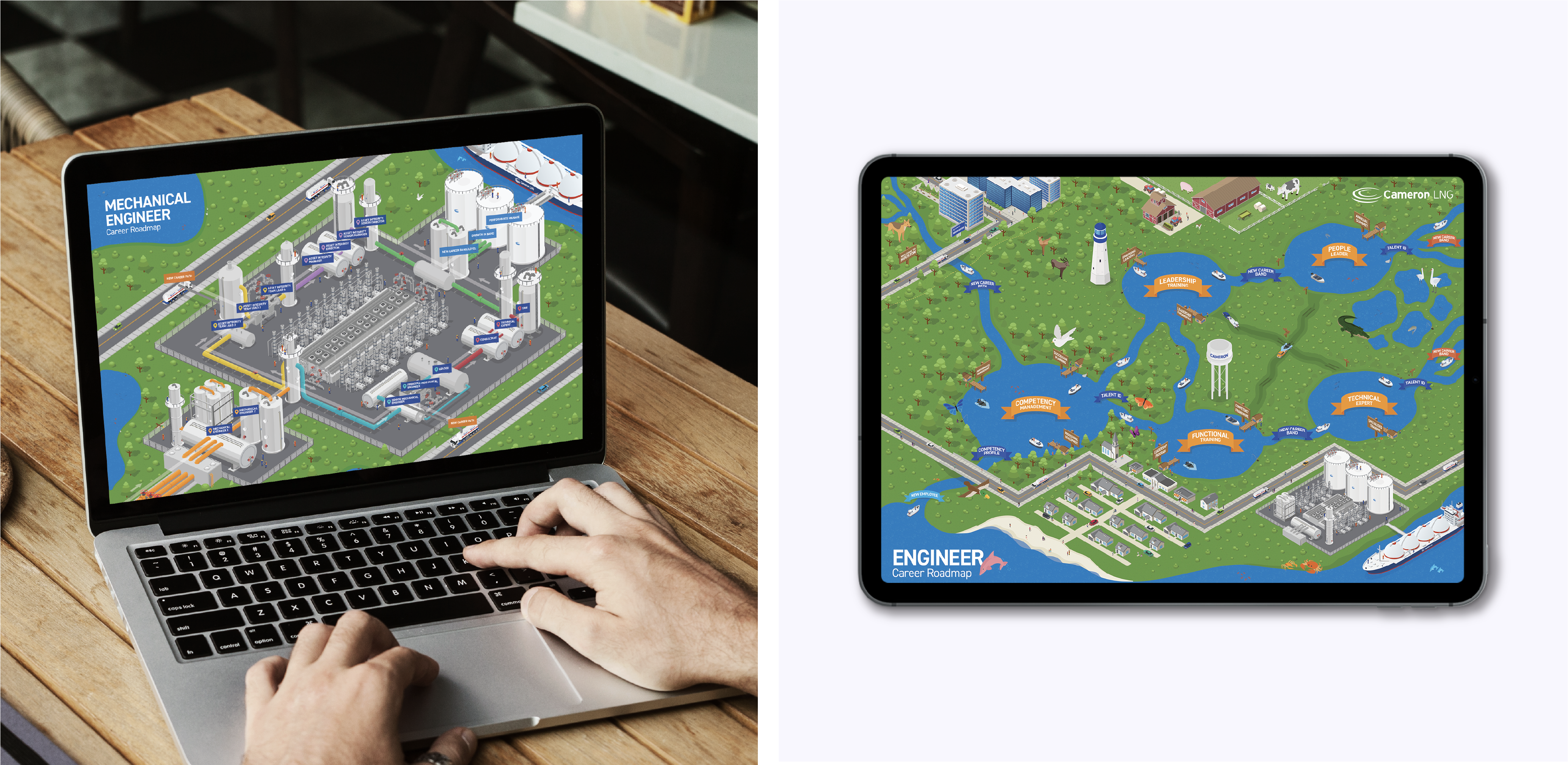
Cameron LNG roadmap

Cygnet career pathway
To retain employees, we need to understand what they’re really looking for. Transparency, growth, and recognition top the list. Employees, especially younger generations like Gen Z and Millennials, crave clarity about their future. When they can’t see where they’re headed, they start looking elsewhere.
People thrive when they feel valued, guided, and empowered. Career mapping taps into core psychological drivers, like the need for purpose and progress. Research shows that employees who have clear career goals and transparent pathways are more intrinsically motivated.
Therefore, a lack of visible career progression creates disengagement and, ultimately, attrition, with stagnant employees far more likely to leave within a year.
Companies that fail to engage their workforce experience missed opportunities, high turnover, and damaged morale. Career mapping is your chance to ensure your employees don’t fall into the same trap. It’s about showing them their long-term journey has been thoroughly planned.
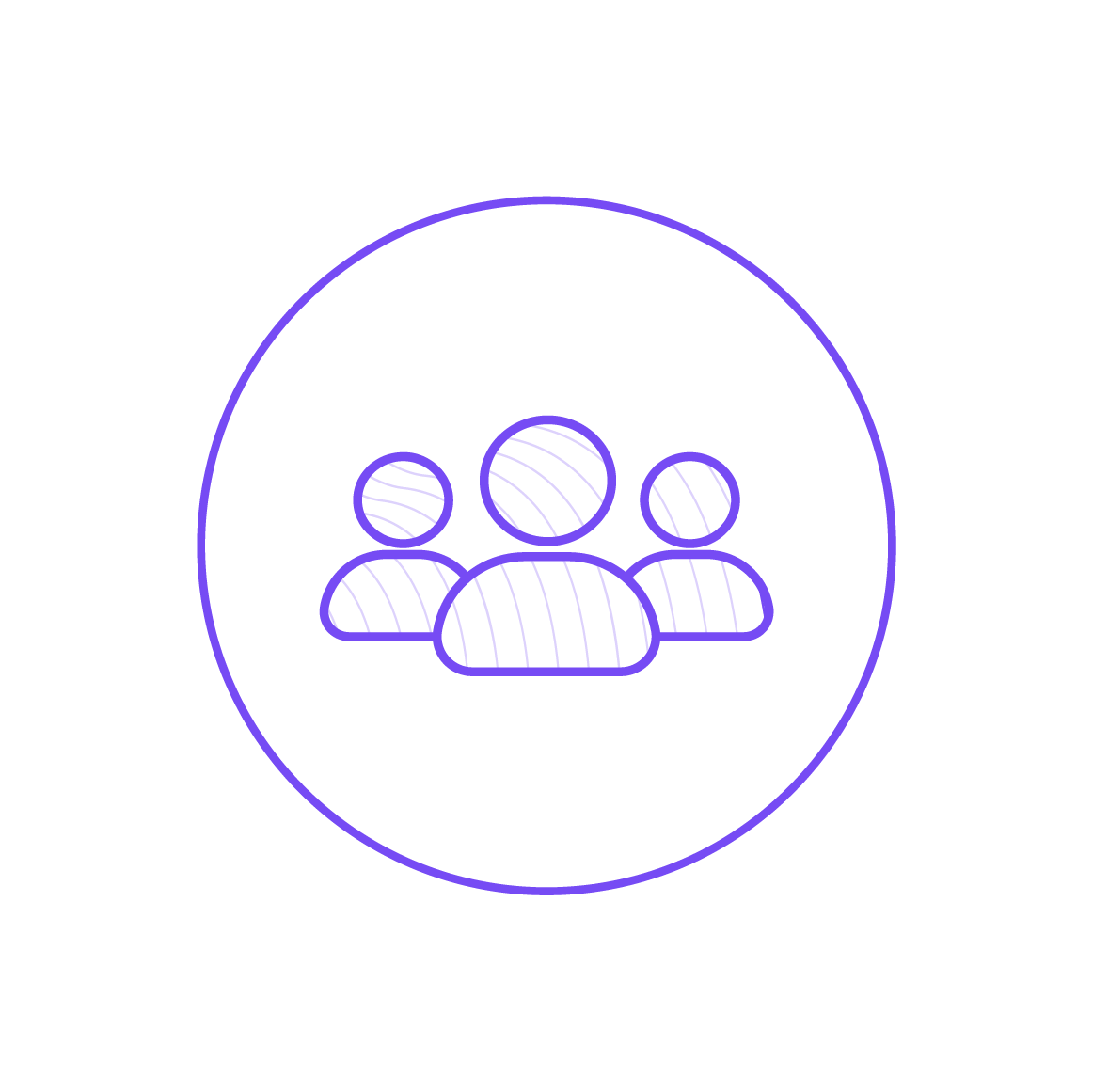
Clear career paths lead to 3x higher employee engagement

Employees with visible progression are 2x more likely to stay
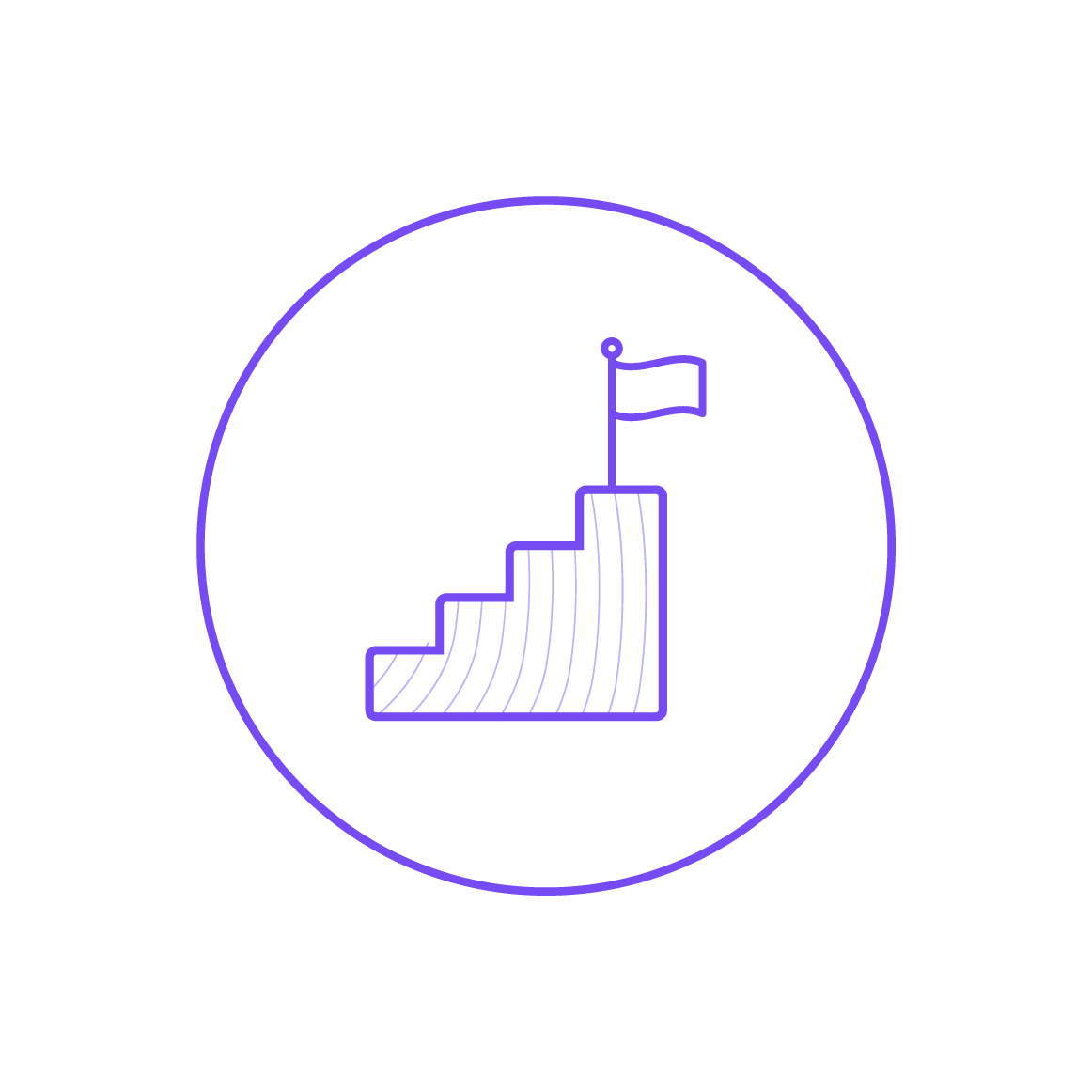
Clear goals increase intrinsic motivation by 65%
High turnover is costly. Recruitment expenses, onboarding time, and the loss of productivity when key employees leave all add up. By investing in career mapping, you’re actively tackling these issues at their root. When employees see a clear future within your organisation, they stay longer, reducing the need to constantly replace staff.
Internal mobility also drives efficiency. By preparing existing team members to step into new roles, you save on external recruitment costs and reduce the time-to-productivity for new positions. Beyond financial savings, it fosters a culture of growth and continuity by aligning individual career development with organisational goals, thereby enhancing employee growth.
What’s the return on investment? Consider this: organisations with strong internal mobility practices experience significantly higher employee retention rates. According to LinkedIn’s 2023 Workplace Learning Report, employees who make an internal move within the first two years have a 75% chance of staying with the company, compared to a 56% chance for those who remain in the same role.
The savings on recruitment, coupled with the productivity boost from engaged employees, make career mapping a no-brainer for organisations serious about long-term profitability.
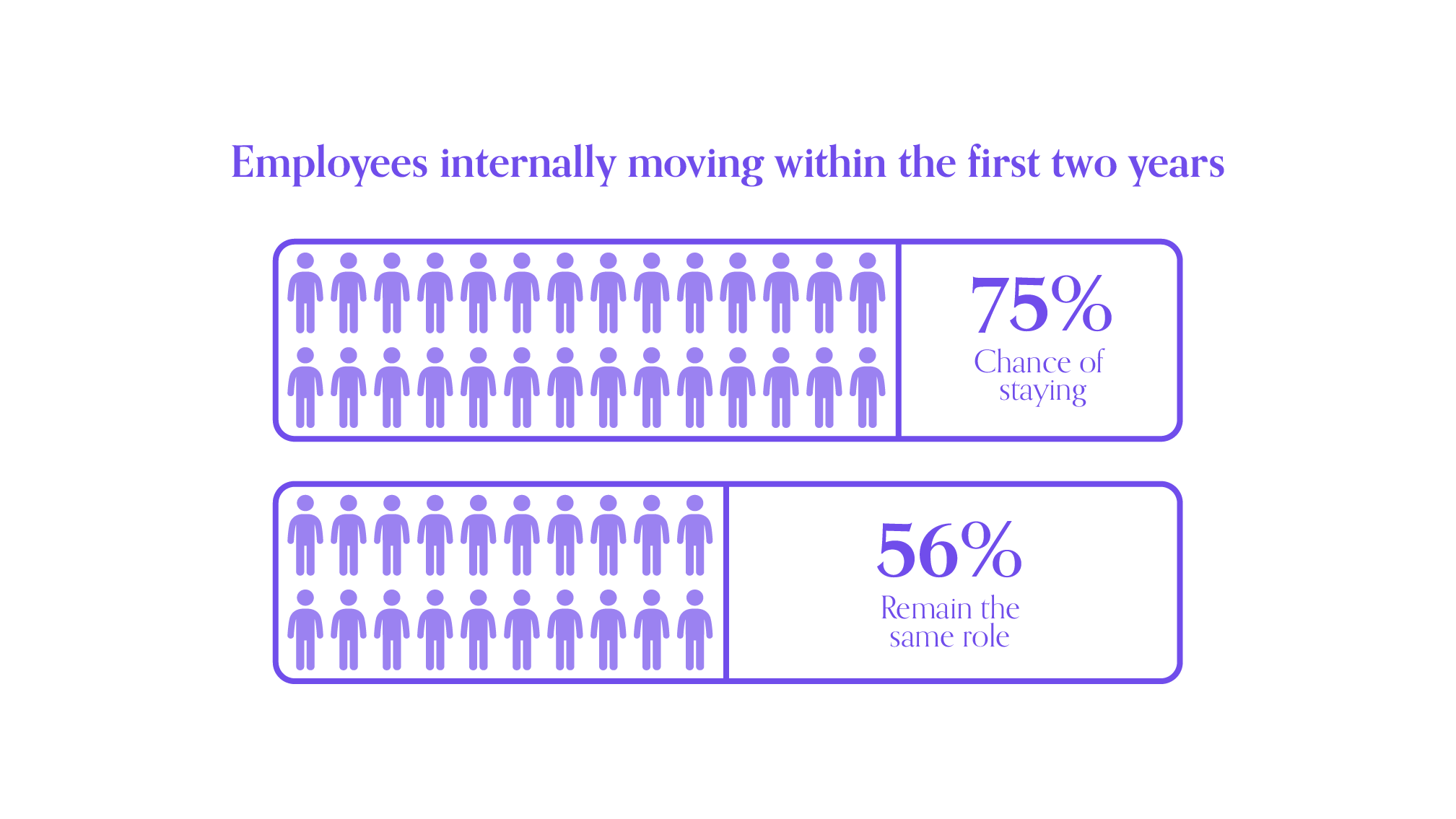
In addition to benefiting employees, interactive career maps can boost your organisation’s reputation. Offering clear growth opportunities signals to potential hires that you’re invested in your people.
Case studies show that companies with strong career mapping practices enjoy better reviews, stronger employee advocacy, and a competitive edge in attracting top talent. Employees want to work for organisations where their future feels secure and exciting, with a personal career path that allows for flexibility and control.
By weaving career mapping into your employer brand, you’re positioning your organisation as a destination for ambitious professionals.
Career growth and work-life balance often feel like opposing forces, but they don’t have to be. A well-designed career framework can support both employee well-being and professional development, creating a happier and more productive workforce.
Employees thrive when they see clear opportunities for career growth without compromising their personal lives. Transparent career pathways allow them to plan their professional life around their personal priorities, reducing stress and increasing job satisfaction.
When organisations prioritise employee satisfaction through thoughtful frameworks, they create an environment where professional growth feels achievable and sustainable. Opportunities for personal growth, such as flexible learning options or tailored development plans, show employees that the organisation values their overall well-being.
Professional development doesn’t have to mean sacrificing work-life balance. By integrating work-life balance into your career framework and encouraging the acquisition of new skills, you can ensure employees feel supported at every stage of their journey. The result? A workforce that’s not only engaged but also loyal and fulfilled.

Succession planning is critical for organisational resilience and growth. Without a clear plan, businesses risk disruption when key leaders leave or retire. Career mapping bridges this gap by aligning employee development with long-term talent strategies, ensuring the organisation is always prepared.
By using a career progression framework, HR leaders can identify potential successors for key roles early on. Employees with the right skills and aspirations can be guided through targeted development plans, equipping them to step into leadership positions when the time comes. This approach nurtures a pipeline of top talent ready to lead.
Specific job titles can also be earmarked within the organisational structure as milestones for advancement, giving employees clarity on what they’re working towards. This transparency motivates individuals to stay and grow within the company, reducing the need for external recruitment.
Career mapping also reinforces an employee’s career journey by showing them how their current role fits into a larger plan. It’s about fostering ambition while giving individuals the tools and guidance they need to succeed.
Getting leadership and peers on board is crucial to implementing career mapping. It’s natural for people to have concerns about implementing career maps, but the benefits far outweigh the challenges. A career path quiz can help employees identify suitable career options based on their skills, interests, and values, guiding them in creating a personalised career path that aligns with their unique talents and aspirations.
The workplace is changing, and career mapping is one way to keep up. Hybrid and remote work models have shifted employee expectations. Flexibility is key, but so is clarity about where they’re going in their professional lives.
Upskilling and reskilling are no longer optional – they’re essential for future-proofing your workforce. Career mapping helps employees see how they can grow alongside the organisation, adapting to new challenges and roles by establishing different career paths.
Failing to provide these pathways risks leaving you behind in the talent market. Organisations that prioritise career development will attract top performers, while others struggle to fill critical roles.
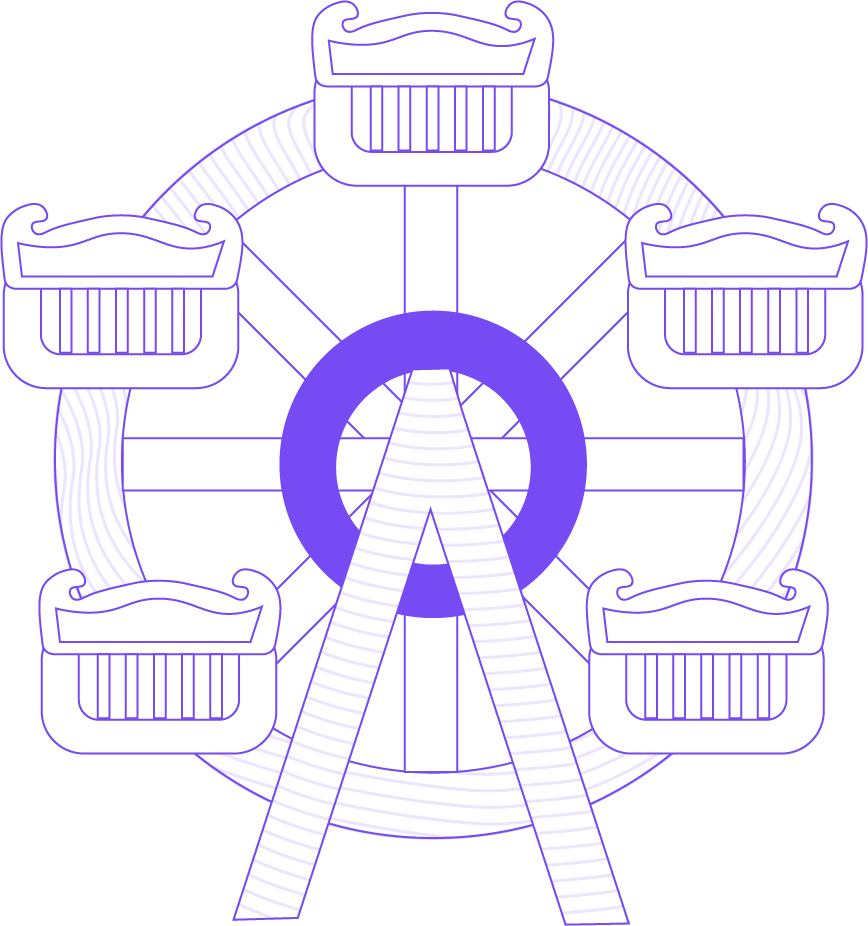
Creating effective career pathways requires a structured approach to ensure they are accurate, engaging, and beneficial for both employees and the organisation. Crafting clear and detailed job descriptions is essential for understanding roles and responsibilities. Here are some of the steps you need to take when crafting your own career maps:
Data Collection: Begin by gathering comprehensive data on current roles, responsibilities, and progression paths. Understand the skills and experiences required at each stage.
Stakeholder Collaboration: Engage with team leaders, HR professionals, and employees. Their insights will ensure the map is both accurate and aspirational.
Design Phase: Utilise digital tools or collaborate with design specialists to craft an engaging and intuitive visuals. Remember, the map should be user-friendly for all, regardless of their design expertise.
Regular Updates: The corporate landscape is ever-changing. Regularly review and update the map to reflect organisational shifts and employee feedback.
Developing meaningful career pathways relies on input from a diverse group of stakeholders. Each brings a unique perspective, ensuring the pathways are realistic, comprehensive, and aligned with organisational goals. Here are the key people to involve in the process and why their contributions matter:
HR Professionals: They offer insights into career progression, training modules, and employee aspirations.
Department Heads: Their expertise provides clarity on role-specific requirements and potential growth trajectories.
Employees: Their feedback ensures the map is grounded in reality and addresses genuine career aspirations.
Design Professionals: Their feedback ensures the map is grounded in reality and addresses genuine career aspirations.
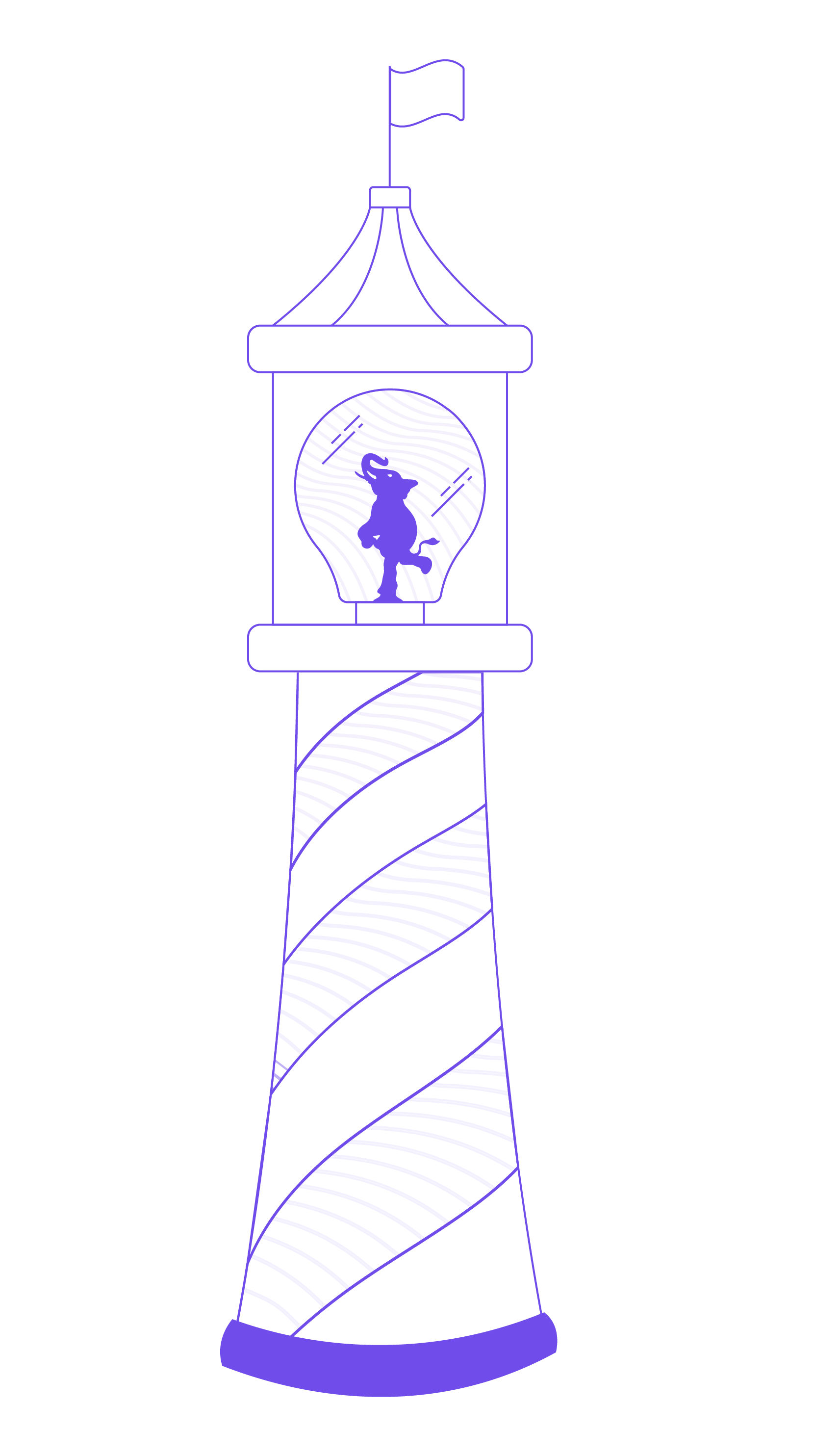
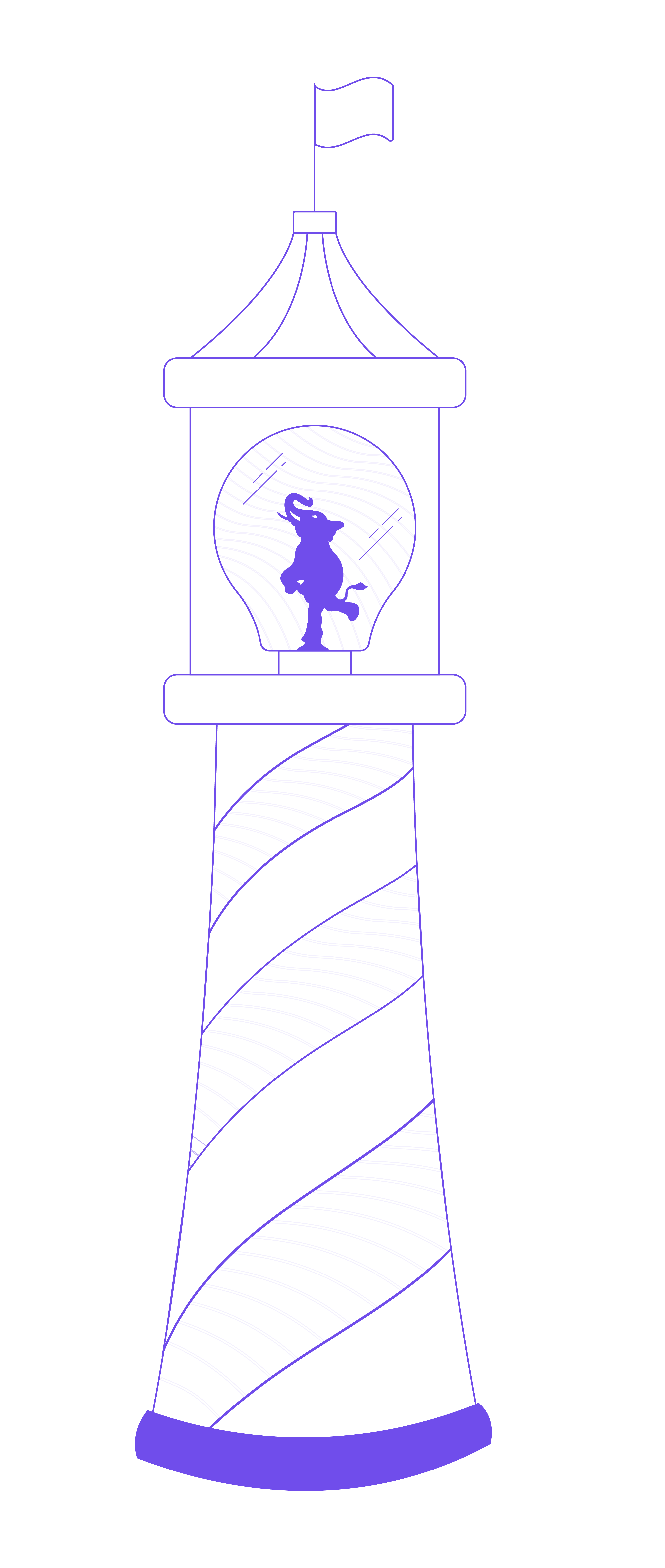
A strong organisational culture is built on a foundation of growth and opportunity. When employees see a clear path to success within their organisation, they’re more likely to stay, contribute, and thrive.
Fostering a culture of career potential begins with defining a robust career framework that aligns with both organisational goals and employee aspirations. This framework should highlight growth opportunities, from lateral moves to climbing the corporate ladder, ensuring everyone feels their contributions are valued and their efforts recognised.
Employee satisfaction increases when people believe their organisation is invested in their professional journey. By offering resources like mentorship programs, development workshops, training programs, and transparent career pathways, you demonstrate a commitment to professional development that resonates across all levels of the company.
Organisations that prioritise career potential build brand advocates. A culture that celebrates growth attracts top talent eager to be part of a forward-thinking workplace. By embedding career potential into your culture, you create an environment where ambition, satisfaction, and progress are part of daily life.
As HR leaders, the opportunity to innovate and elevate the employee experience lies before us. Let’s seize it.
At Electric Circus, we specialise in crafting bespoke, innovative digital experiences that span the entire employee lifecycle for some of the largest companies on the planet, such as Amazon, Gatwick, Lego and DHL.
If you’re ready to transform your internal mobility frameworks and create engaging career pathways that retain your best employees, get in touch with us today to find out how we can collaborate to achieve your goals.
